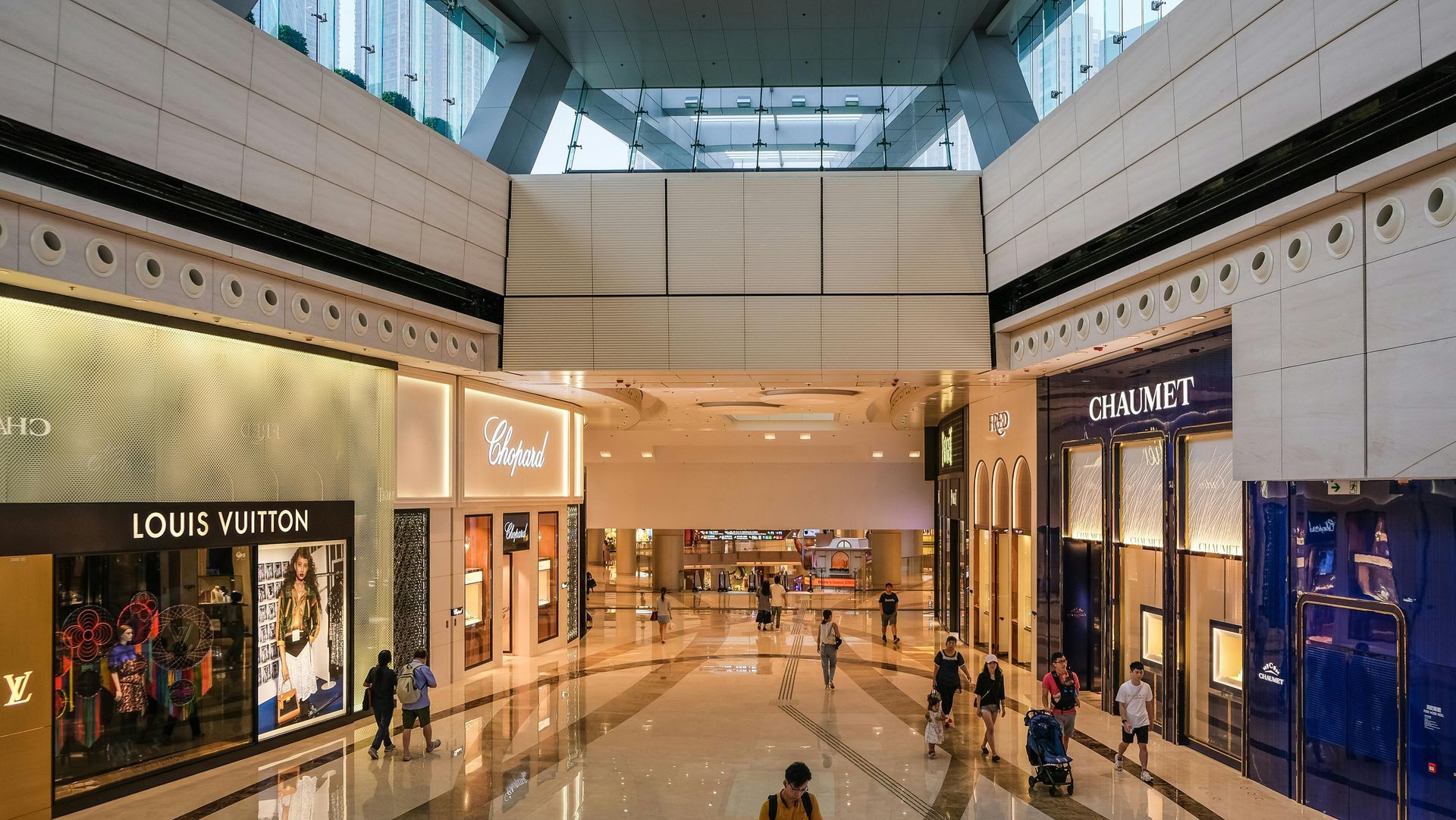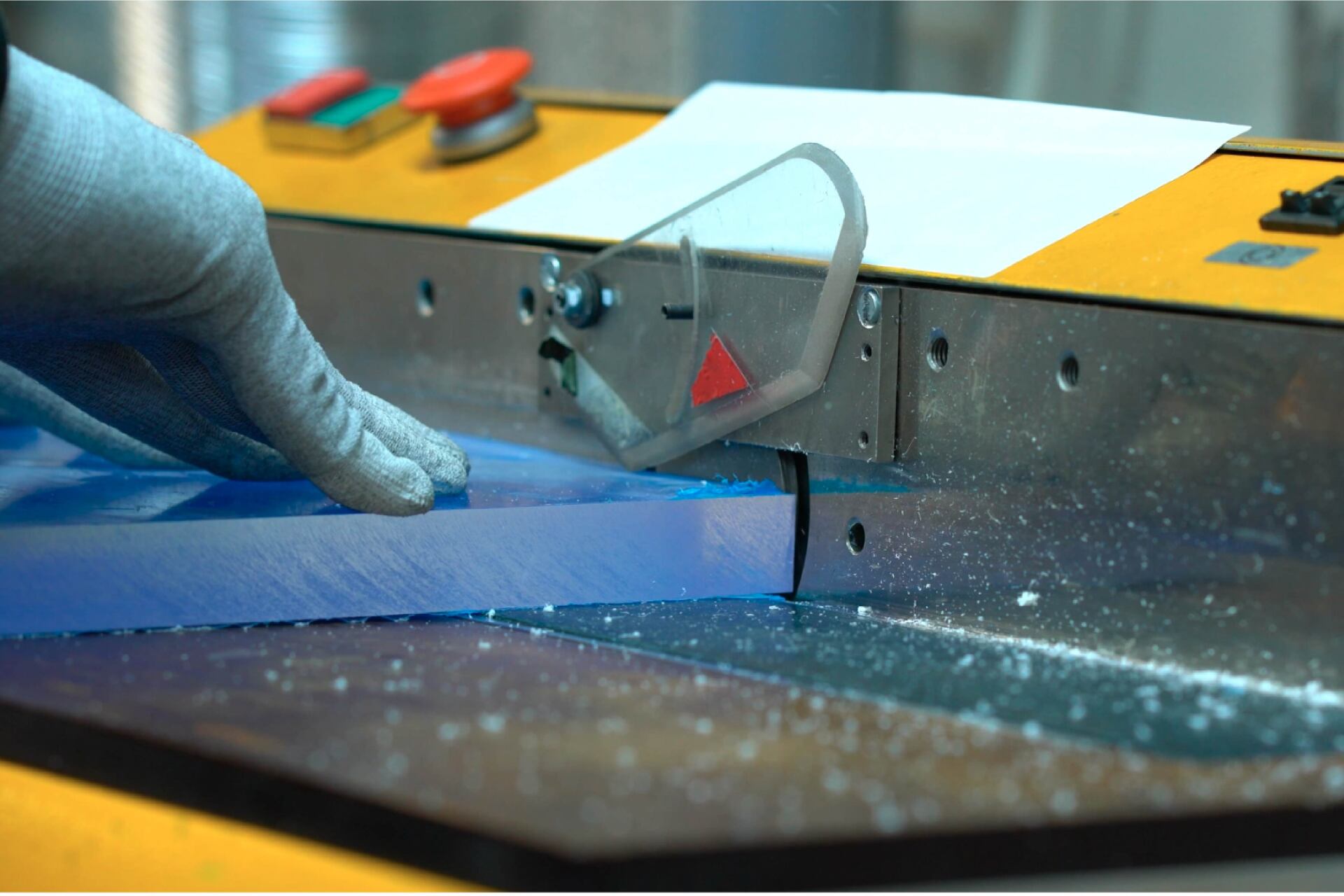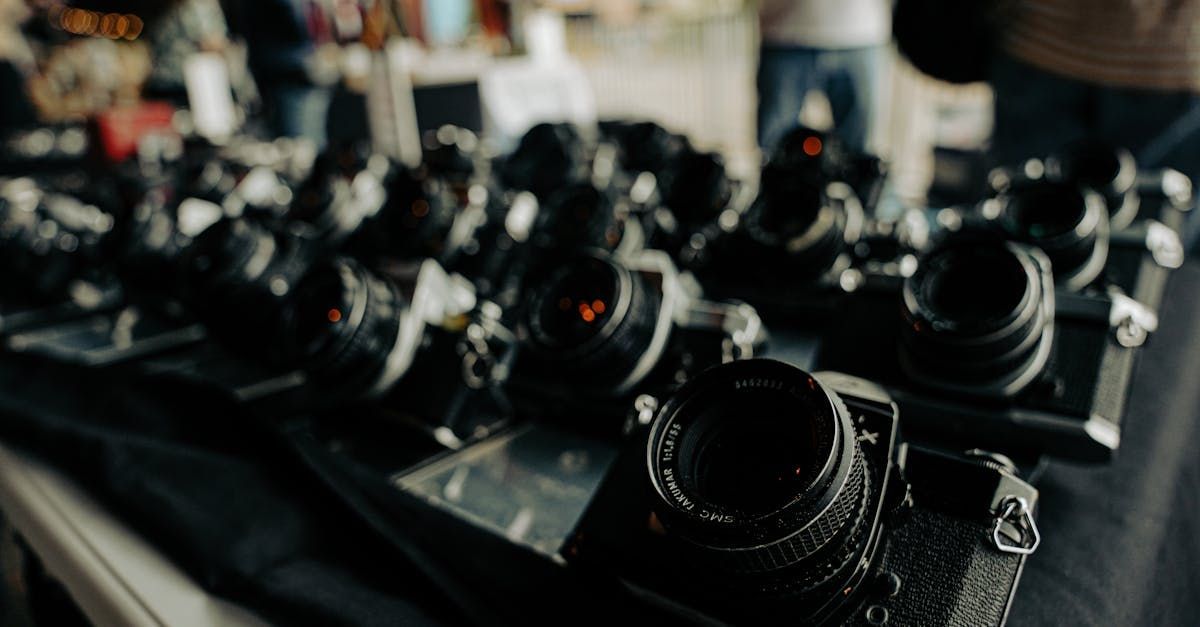Ways to Make Your Store More Accessible
Accessible design isn't just the rage in commercial settings—it's also the law. The Americans With Disabilities Act became law in 1990 to ensure that people with disabilities have access to the opportunities that those with disabilities have. While the law covers many aspects of public life, commercial business owners know the importance of adhering to the regulations to allow all people access to their space and avoid fines.
Many business owners, particularly those in retail, are learning the benefits of expanding beyond the foundations of the ADA. While having an accessible entrance to your store is a must, many retailers are finding ways to go above and beyond for accessibility. The best news? Adding accessible elements to your retail strategy doesn't need to be complicated; there are many straightforward, simple ways to make your store more accessible.
Clear Pathways
One of the foundational elements of accessibility is maintaining clear and wide pathways throughout the store; this ensures that customers using mobility aids such as wheelchairs or walkers can navigate the space comfortably. When setting up merchandise displays, ensure they will not obstruct the aisles. Endcap displays are an excellent choice, as they are usually compact while encouraging customers to purchase. With floor displays, place them in areas with wider walkways and leave ample space between them. With foresight and planning, we can create a welcoming environment for all shoppers.
Accessible Entrances
The entrance sets the tone for the shopping experience, and it's crucial to make it inclusive. Installing ramps or automatic doors facilitates entry for customers with mobility impairments. Additionally, ensuring that ramps have appropriate slopes and handrails enhances safety and ease of access.
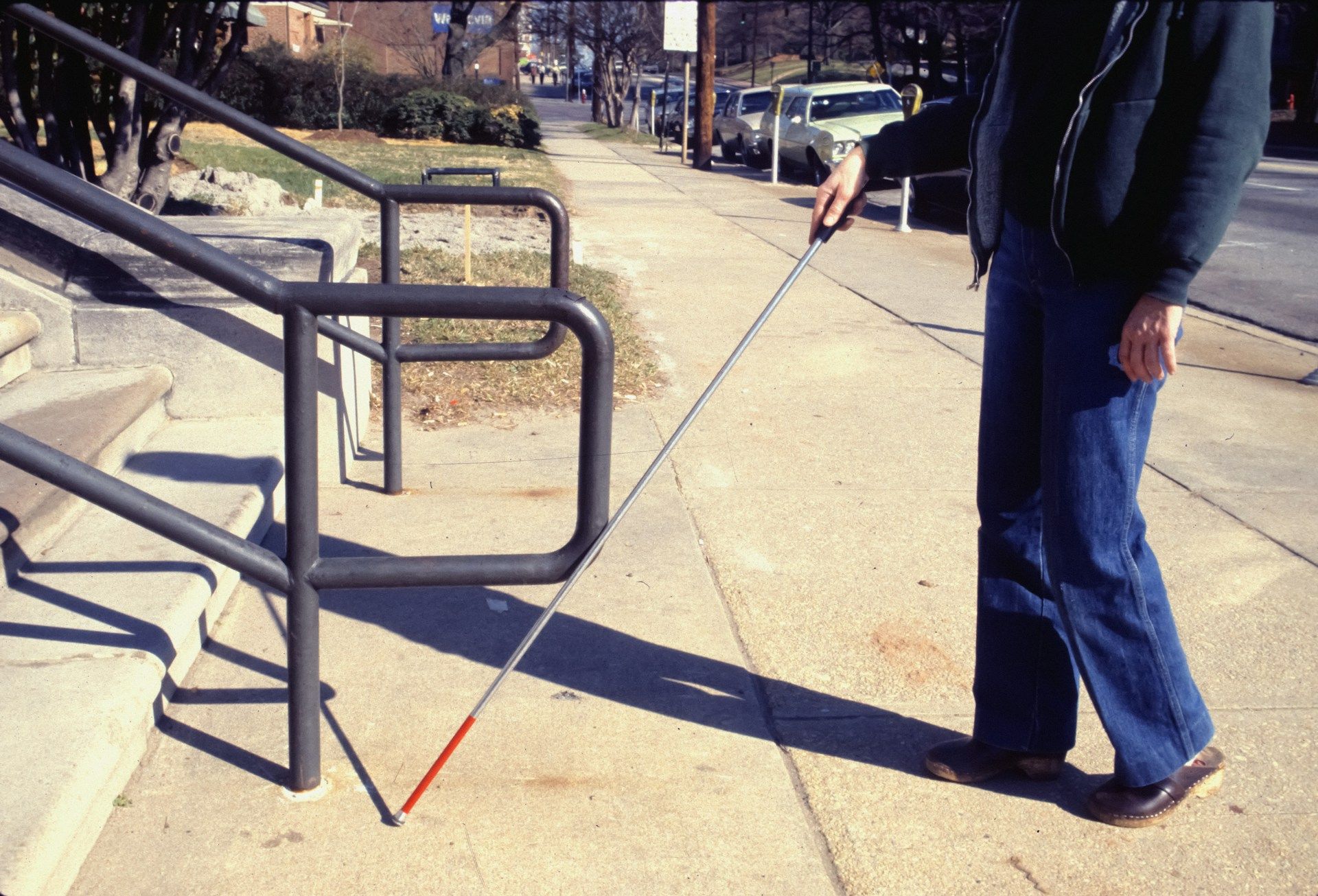
Adjustable Height Displays
Displays should accommodate customers of all heights and abilities. Offering merchandise at adjustable heights allows everyone to interact comfortably with products. Whether someone is using a wheelchair or has limited reach, adjustable displays ensure that no customer feels excluded.
Braille Signage
Incorporating Braille signage alongside visual signage is essential for customers who are blind or have low vision. Placing Braille labels on shelves, restrooms, and other vital areas enables individuals to navigate the store independently. By providing this form of communication, we empower customers to engage with our space effectively.
Accessible Checkout Counters
The checkout experience should be seamless for all customers. Providing accessible checkout counters, such as lowered sections or alternative payment options, ensures that individuals using wheelchairs can complete their transactions comfortably. Further, training staff to assist customers with disabilities respectfully enhances the overall shopping experience.
Managers can focus on adequately staffing the store, allowing some employees to walk around the customer floor and interact with the public. If any customers, disabled or not, need extra assistance, these team members can help them and improve the customer experience.
Enhanced Lighting
Adequate lighting is critical for creating a welcoming and inclusive environment. Bright, evenly distributed lighting assists low-vision customers in navigating the space and examining products. By maintaining high contrast and minimizing shadows, we enhance visibility for all shoppers.
Digital Accessibility
In today's digital age, accessibility must also be considered in our digital interfaces. Optimizing self-checkout kiosks or online shopping platforms for accessibility ensures that all customers can engage with our brand seamlessly. Clear fonts, high color contrast, and intuitive navigation are essential for accommodating individuals with visual or cognitive impairments.
Display Design
In addition to physical modifications and digital enhancements, it's essential to consider the design of our retail displays through a lens of disability-friendliness. Designers should focus on creating aesthetically pleasing displays that are practical and accessible to all customers. For example, incorporating clear and concise product labeling with large fonts and high-contrast colors can assist customers with low vision in identifying items quickly.
Additionally, arranging merchandise logically and with ample space between products allows for unhindered navigation, particularly for individuals using mobility aids. By prioritizing functionality and inclusivity in our display designs, we can ensure that every customer has an enjoyable and hassle-free shopping experience.
Staff Training
Ultimately, the success of our accessibility efforts relies on the knowledge and empathy of our staff. Providing comprehensive training on disability awareness and inclusive customer service practices empowers employees to offer proactive assistance. Whether guiding customers to desired products or providing descriptions for those with visual impairments, our staff plays a crucial role in creating a welcoming environment for all.
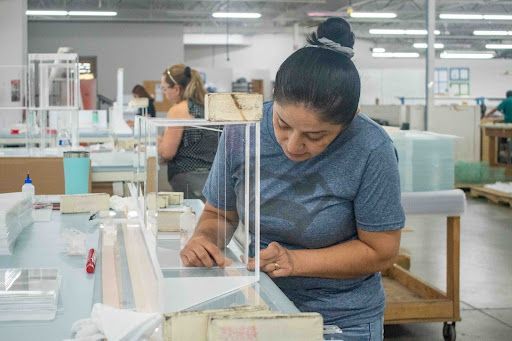
Work With Exactec
Enhancing accessibility in retail stores is not just about compliance; it's about creating an inclusive space where every customer feels valued and respected. We can make meaningful strides towards a more inclusive retail experience by implementing these simple yet effective strategies. Let's ensure everyone can shop with dignity and independence in our stores.
Our Exactec team always keeps on top of emerging trends and consumer behaviors. We also know the ins and outs of retail displays, acrylic and plastic display fabrication, UV gluing, and more. Whichever type of retail display you choose for your next project, you want to ensure it is well-made by an expert design team. Exactec has decades of experience creating long-lasting, memorable displays for all clients.
Connect with us to see examples of our work and start discussing your next project!



